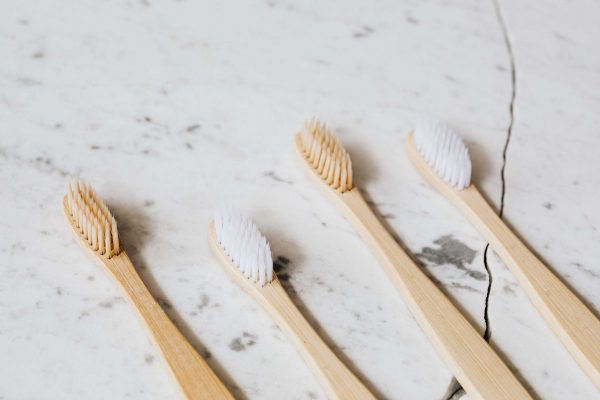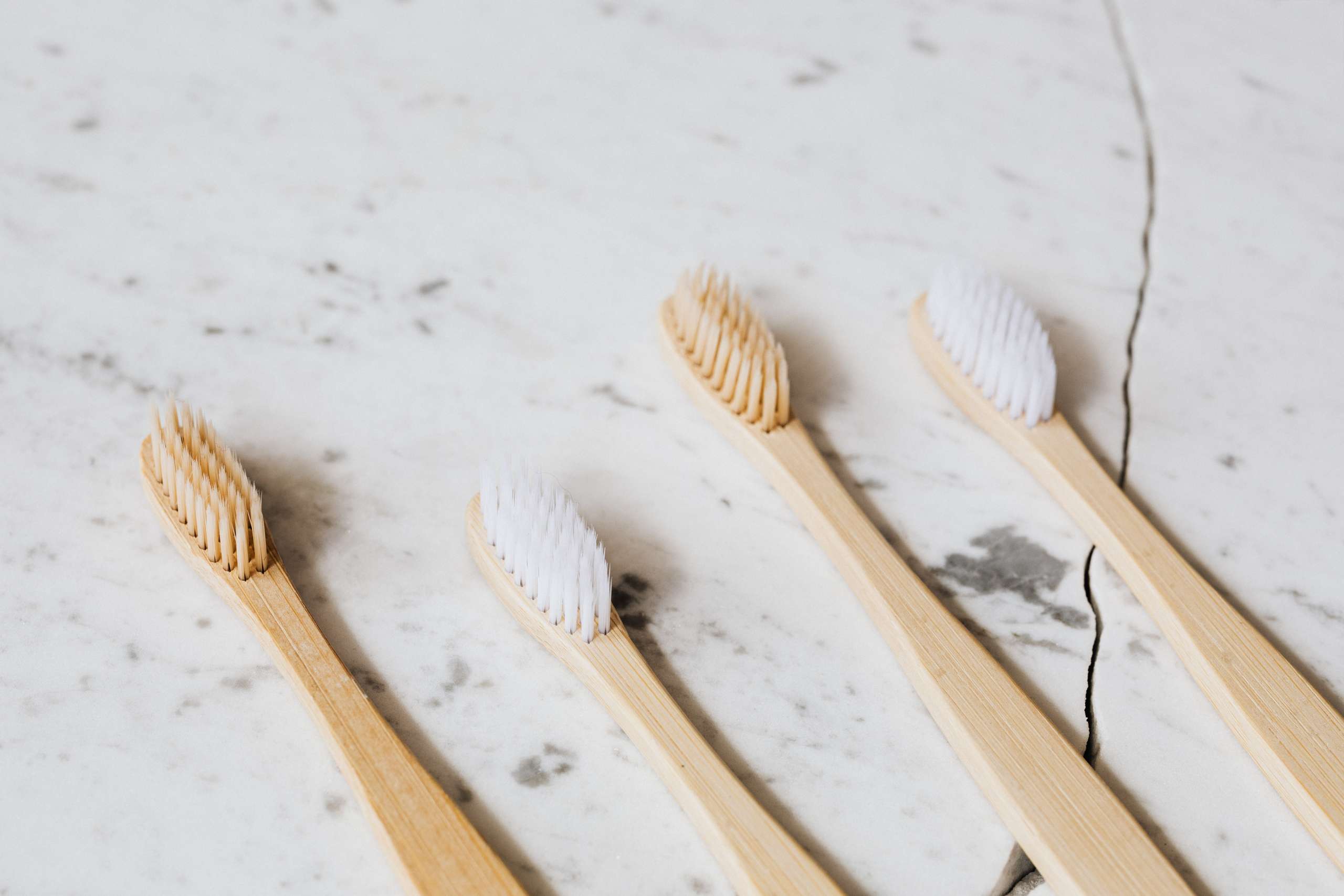15 Most Common Dental Myths
Dental care is important for maintaining good overall health and well-being. However, there are many myths and misconceptions surrounding dental health that can lead to confusion and misinformation.
In this article, we will examine some of the most common dental myths and provide the facts to help you make informed decisions about your dental care.
Here are the most common dental myths and the truth behind them:

Myth #1: Sugar is the main cause of tooth decay.
While sugar does cause tooth decay, it is not the only cause. The biggest factor contributing to tooth decay is how long the sugar stays in your mouth. Sugar is turned into acid by bacteria in the mouth, which can erode the enamel of your teeth and increase your risk of developing cavities.
Starches, which are sticky food, draw germs, which then flourish on and around teeth. The acid that these bacteria produce encourages tooth decay. But other variables, like the existence of specific bacteria, how frequently you consume sugar, and how well your oral hygiene routine works, can also affect how tooth decay develops.
Even sugar-free beverages, alcohol, citrus fruits, and starchy foods can also harm your teeth. Contrary to popular belief, beverages and meals that are sugar-free can nevertheless cause significant enamel damage because of their high levels of acidity. They still contain carbohydrates and acids, which when combined with bacteria and saliva, can lead to plaque development. You should swap these items out for high-fiber fruits, vegetables, and lots of water if you want to keep your mouth healthy.
An hour after your meals, you should rinse and brush your teeth to lessen and prevent the acid and plaque build up that would cause tooth decays and cavities. If you don’t brush and floss your teeth correctly, you’ll still be at risk for cavities even if you don’t consume sugars.
Myth #2: White teeth are the healthiest teeth.
Your teeth’s health may not always be indicated by their color. Whiter teeth may not usually indicate healthier teeth. In actuality, it’s perfectly normal for people to have teeth that are more naturally yellow or gray in color.
Different people have different enamel colors and thicknesses, which can produce colors other than white. Teeth start out being white, but as they age, stain, or sustain damage, they can eventually start turning discolored. Dentists assess your overall oral health by looking for signs like fresh breath and no cavities rather than relying solely on the color of your teeth.
Maintaining proper oral hygiene is very important, which entails brushing, flossing, and getting frequent checkups and cleanings at the dentist.
Myth #3: Brush your teeth right after eating or drinking.
Our teeth are most vulnerable after we eat or drink. It is advised by the American Dental Association that you wait for at least one hour before brushing your teeth, especially if you had a meal that’s acidic. You risk damaging your enamel if you brush too soon after eating.
Myth #4: Brushing harder will result in cleaner teeth.
Although it might seem logical that brushing harder would leave the teeth cleaner, this is not the case. In reality, brushing more aggressively is harmful for your teeth. Your teeth and gums could actually be harmed by aggressive brushing or by using a toothbrush with rough bristles.
The gum tissues and tooth enamel that serve to protect the inside of the tooth from decay and cavities can be eroded more by vigorous brushing. It might later cause other concerns including gum recession or sensitivity problems.
Instead of hard brushing, it’s important to clean your teeth gently in circular motions for two minutes, twice a day, with a toothbrush with soft bristles.
Myth #5: Flossing is not really important.
For maintaining good oral health, flossing is very essential. In actuality, flossing protects the spaces between your teeth against tooth decay. By flossing, you assist maintain the health of your teeth and gums and get rid of harmful bacteria that have built up around them.
If you don’t floss, plaque can quickly accumulate in the spaces between your teeth and along the gum line. Your likelihood of getting cavities and gum disease rises as a result.
For proper dental hygiene, the American Dental Association (ADA) suggests flossing at least once a day.
Myth #6: Mouthwash is not necessary if you brush and floss regularly.
While brushing and flossing are essential for maintaining good oral health, mouthwash can also be a useful tool for preventing bacterial growth and promoting fresh breath. The use of mouthwash can also assist in lowering the risk of gum disease by getting to parts of the mouth that a toothbrush and floss would miss.
Myth #7: Teeth whitening is not safe.
When carried out under a dentist’s supervision, teeth whitening is generally regarded as safe. Overusing these products may make your teeth sensitive or irritated. Your teeth could become more susceptible to dental decay and cavities of all kinds since bleaching’s acidic nature would destroy the protective enamel.
However, current teeth whitening is now safe and effective since dentists are adopting non-acidic and safe bleaching techniques. It’s critical to carefully read and follow the directions, and to refrain from using over-the-counter teeth whitening products that have not received FDA approval.
Myth #8: Teeth deteriorate with age.
Deteriorating dental health is not always a consequence of aging. Similar to this, just because you are young does not guarantee that your teeth are healthy. Although your dental health varies throughout time, this does not necessarily indicate that it will deteriorate and that there is nothing you can do to stop it.
You can maintain excellent oral health far into your senior years by maintaining an excellent dental practice and visiting your dentist regularly during your childhood and adult years. Overall, everyone should practice good dental hygiene, regardless of age.
Myth #9: Baby teeth are not important because they will eventually fall out.
Baby teeth, or primary teeth as they are commonly known, are significant for a variety of reasons. They support children’s development of good speech and chewing, and they hold room in the jaw for the permanent teeth that will eventually take their place.
Premature tooth extraction of baby teeth can lead to issues like overlapping and crookedness because it creates a gap for other teeth to shift into. Maintaining a proper dental hygiene practice can be challenging in the future if teeth are displaced.
Early oral health problems might cause long-term issues. Even when children’s baby teeth fall out, tooth decay can cause many health problems. Baby teeth should be treated with the same care as permanent teeth.
As soon as they get teeth, children should begin brushing them twice a day, flossing, and going to the dentist regularly. If children don’t develop appropriate dental hygiene habits when they are still young, they may not be able to maintain them as they become older, which could result in more serious and costly dental problems. Therefore, promote daily brushing and flossing among your kids as directed by a dental professional.
Myth #10: Only go to the dentist if your teeth hurt.
People frequently put off going to the dentist until they are feeling any discomfort. Early diagnosis and treatment of a dental issue is much simpler and more affordable than late intervention. Even when they don’t show any signs, some oral problems can still cause infections and require care.
Waiting too long might necessitate more expensive treatment than if the problem were discovered earlier, while it was still treatable. Additionally, the tooth’s chances of being saved in the future are reduced.
We advise visiting the dentist every six months or twice a year for regular cleanings and exams, even if you aren’t in discomfort. In the long term, prevention will ultimately help you save both time and money.
Myth #11: Dental work is painful.
The majority of dental procedures are not as painful as you may assume because of the advancements in dental technology. Your dentist will numb the region being treated with local anesthetics, and you might also be offered sedative options to make you more relaxed and comfortable.
It is vital to discuss any worries or apprehensions you may have with your dentist so they can work to relieve your fears and make the procedure as comfortable as they can.
Myth #12: Crowns and fillings protect against future tooth decay.
It is a fact that both crowns and fillings protect your teeth. They do not, however, offer complete protection. When bacteria make their way beneath the gum line and attack the teeth, crowns and fillings cannot protect them from gum disease.
If you have crowns or fillings on your teeth, remember to not neglect maintaining proper oral hygiene. Care for your crowns and fillings the same way you would your natural teeth.
Myth #13: It is normal to have bleeding gums.
Gum bleeding is not normal and may indicate gum disease. Inflammation is the primary factor that causes gums to bleed. The most common cause of this is an increase in bacteria, which causes inflamed gums and subsequent bleeding.
It is important to pay attention to any bleeding gums since they may be a sign of other underlying conditions such as diabetes or nutritional deficiencies. It can also be an indication of periodontal disease, which affects the tissues supporting the teeth and is brought on by a buildup of plaque and tartar. They are also linked to cardiac conditions and can be prevented with good oral hygiene habits.
It’s important to visit a dentist right away if you have bleeding gums in order to identify the issue and get treatment.
Myth #14: Dental work is expensive.
The type of treatment required and the dental office’s location might affect the price of dental procedures. Nevertheless, there are numerous ways to lower the cost of dental treatment like insurance or financing.
A lot of dental work can also be covered by your insurance to lessen the cost of the procedure. Sometimes, you don’t even have to pay anything out of your own pocket depending on your insurance.
Myth #15: Chewing gum is like brushing your teeth.
Chewing gum is definitely not a substitute for brushing teeth. While some chewing gums can help you have fresher breath and cleaner teeth, they still can’t completely take the place of brushing your teeth. Some dentists even suggest switching to sugar-free gums instead of candy, but they will never be a replacement for a toothbrush.
In conclusion
We have examined some of the most common dental myths and provided the facts to help you make informed decisions about your dental care. It is important to be aware of these myths and to seek accurate information about dental health.
Remember to brush and floss regularly, visit the dentist regularly for check-ups and cleanings, and communicate any concerns or fears you may have about dental work with your dentist.
By following these recommendations, you can maintain good oral health and avoid the negative consequences of dental myths.
YOUR DENTIST IN WALL TOWNSHIP, NEW JERSEY!

Are you worried about having any dental issues and want a check-up near you in Wall Township?
Visit Dr. Avi Israeli of Sage Dental and Spa to get your dental cleaning, check-ups, or any dental related procedures that you need.
References:
https://www.colgate.com/en-us/oral-health/adult-oral-care/six-myths-about-oral-health-and-overall-health
https://www.webmd.com/oral-health/features/cavities-myths
https://wrha.mb.ca/wp-content/site-documents/healthinfo/preventill/files/HSHC-Presentation-07.pdf
https://www.mayoclinic.org/healthy-lifestyle/adult-health/expert-answers/brushing-your-teeth/faq-20058193


